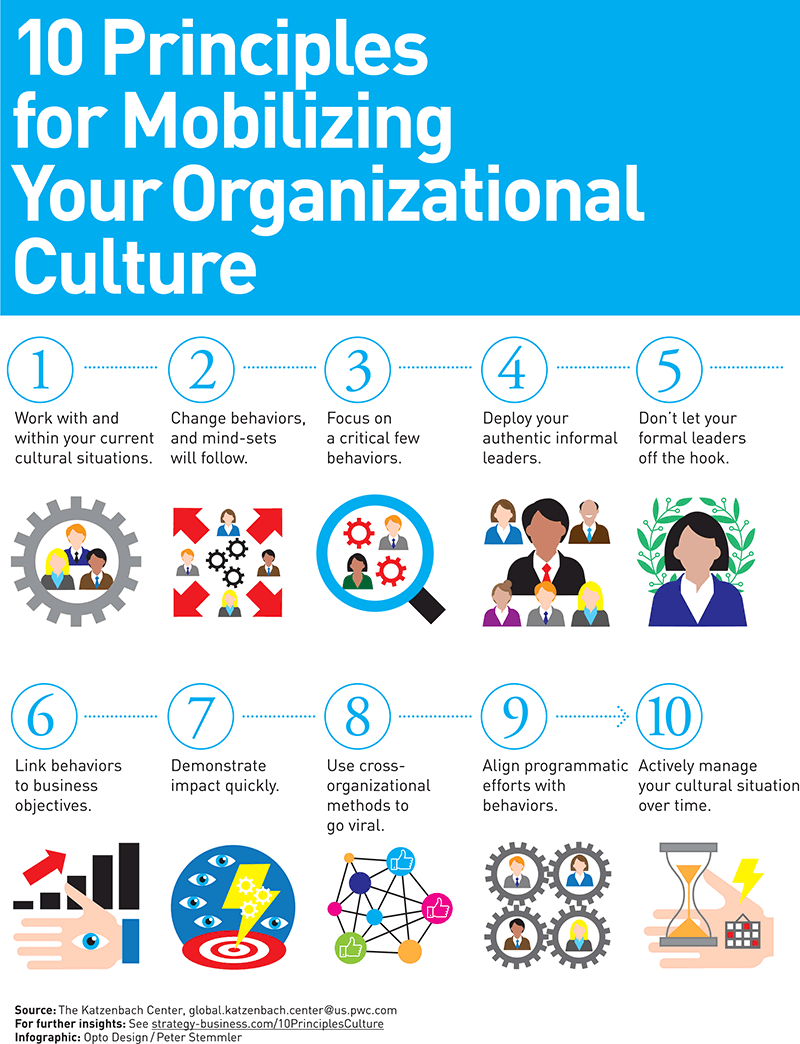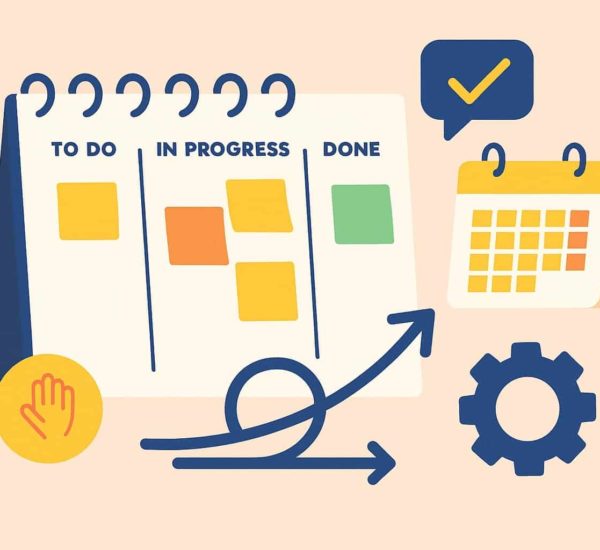As the years have gone by, fewer employees are staying at a company for longer than a year or two. This deep-seated issue comes from management’s lack of focus on understanding employee needs and inflexibility to adapt to changing work culture. Simply put, companies are seeing more turnover, failing to retain their employees.
Employee retention is the ability of an organization to retain its employees. By being able to retain employees and make them want to stick around, you will increase work output and see your company achieve your goals faster.
But, employee retention doesn’t just mean over-communicating with your employees. It involves developing a culture and environment that makes them glad to work there. Setting up a positive work culture can be complex but it doesn’t have to be. Here are 10 positive systems you can set up to inculcate an environment that fosters employee loyalty and makes them want to continue working with you.
10 Positive Systems to Set Up for Higher Employee Retention in Your Company
1. Thorough onboarding
Employee retention starts on day one. The onboarding process that you provide your employees is a crucial aspect of ensuring they stay for the long run. Employees are 23% more likely to stay if their manager clearly explains their roles and responsibilities. This means ensuring you set up an onboarding process that explains every aspect of the employee’s work and guides them through their first few tasks to get them started.
Your onboarding should also not be a cookie-cutter version for every single employee. The kind of onboarding that your tech employee needs would be vastly different from the kind of onboarding that a marketing specialist would require. Work with team heads to design custom onboarding assignments and reading material to help the new hire fit in better.
Give every employee a foundational understanding of what you do, why you do it, and where you see the company in the future. This can also help them fit themselves into the company and be able to share your vision.
A little hand-holding during the first 2 weeks of work is essential if you want your employees to be able to take ownership and take up responsibility without prompting.
Here’s an onboarding sequence that you can set up right within Slack to help you integrate your new hire into your team.
2. Culture building
Culture is one of the last priorities for HR but it is a high priority for employees, making it a top reason for leaving a company. According to a Hays report, in a survey of 2,000 employees, 43% said they’re looking for a new job, and corporate culture was the main reason.
Culture is an unconscious part of any workplace. It involves unsaid rules of how to interact with people in your workplace. A positive team culture fosters more trust and respect among employees, keeping them engaged with their work. Forbes found that companies with strong cultures saw a 4x increase in revenue growth.
Contrary to popular beliefs, team culture is not about unlimited leaves or free food. It is when the management sets the tone for the work environment, fostering transparency, respect, and communication among employees. A team with a positive culture is continuously looking to improve themselves, asking for honest feedback, and avoiding negative behavior.
You can start building a positive culture in your workplace by following these 5 steps first. You can then go on to identify areas of improvement.

3. Relationship building
In many companies, often ones with multiple large teams, employees don’t even know each other. We’re social beings so it’s only logical that we build good positive relationships with our co-workers to ensure we are happier and more productive in the environment we spend most of our days in.
Many companies fail to emphasize building employee relationships and this manifests as poor team bonding, fewer collaborations, and fewer opportunities for growth. When employees know each other better, they can help one another with projects and come up with ideas they can bring to life.
Set up relationship-building exercises among your employees to facilitate bonding. This can be done with team activities like game night, movie night, or weekly team lunches. You can also set up an automated employee pairing apps like Donut to get employees to grab coffee with each other.
4. Performance management
Performance reviews are a crucial part of employee retention. However, many employees see performance reviews as a stressful part of their work. It’s an uncomfortable conversation, according to many managers. This is because performance reviews usually come across as a conversation to judge your employees and point out their flaws. Instead, they should be about evaluating your employee’s strengths and weaknesses and help them figure out how they can work on their areas of improvement.
Remove the stress of the conversation by setting a positive tone. You can ask your employees to come up with their achievements and challenges in the prior year. This self-evaluation can help you work with them rather than you being the active facilitator of the conversation.
During the performance review, you should also set some time aside to talk about what the employee wants to achieve and where they want to see themselves next year. As HR, you can use your skills to help your employees map out things they can do to achieve these goals.
This can also be a monthly one-on-one meeting between the manager and their employees to understand their work, aspirations, and blockers. You can help your employees to get on track with their personal goals and help them with any problems at work. This personal connection can help you provide your employees with guidance and show them that you care.

5. Employee development
76% of employees want opportunities for career growth and such opportunities can also be available if the company supports employees to develop their skills. Employee development is a long-term initiative that can help your employees refine their skills, provide high-quality work output, and climb the ladder at your workplace. Without growth, your employee is more likely to see employment at a place that will help them grow in their role.
Companies must set up development initiatives that help employees to grow in their role and want to be a larger part of the organization. To start with, HRs must provide a thorough training manual to the employee. Think of setting up mentoring relationships between managers and their employees to help the employee learn quicker. Some companies even set up workshops and talks led by industry professionals to give them fresh perspectives of their job.
Another way you can encourage employee development is to provide a learning allowance in their benefits package. This allowance can be used to register for online courses to help the employee sharpen their skills and be well-versed in the latest industry advancements.

6. Open communication
Communication is a common problem in many companies, Lack of clear directions, micromanaging, and less transparency are a few issues that many employees face. 69% of managers are not comfortable communicating with the employees in general, and this is sure to cause higher employee turnover.
Here are a few ways to create a work environment with open communication:
- Ensure managers and employees are communicating openly.
- Create transparency about the company, whether it’s funding, feature development, or hiring.
- Encourage employees to voice their opinion, even if it’s disagreeing with new ideas
- Establish a grievance system where employees can voice their issues without worrying about being fired.
- Ensure informal conversation between employees is civil and clear of discrimination.
By building an environment where communication is open, employees will feel heard and will be more committed to the company.
7. Perks and benefits
Perks and benefits are ways to show your employees that you appreciate their commitment to you and want to provide them with non-salary. compensation that benefits them. Health coverage, gym membership, daily lunches, maternal leaves, etc are a few benefits that companies set up for their employees.
Want some ideas for the kinds of perks you can set up for your employees? Our blog has listed a few great perks you can include in your benefits package.
Moreover, you even choose to set up a rewards system that praises your employees whenever they do a great job. Apps like Lattice and HeyTaco allow anyone to praise the work done by their fellow co-worker. Setting up such a positive feature within your workplace can make employees motivated to do more and better.

8. Encourage new ideas and collaboration
Mailchimp’s founder, Ben Chestnut, is said to have encouraged employees to pursue side projects that they are passionate about. They encourage collaboration for these projects and this is a marker for how successful the company has gotten. This system at Mailchimp has made its employees self-driven and be more accountable for their product’s success.
Oftentimes, companies are very rigid with their rules, not exploring new ideas from employees. By not tapping into these opportunities, you end up losing out on valuable assets that could have impacted your company in a positive manner.
Some companies even allow their employees to volunteer to work with other teams on a temporary basis, if the employee shows interest to try developing new skills or to work on a specific project. Giving employees this choice can make them want to deep dive into work and create value-adding outcomes.
Collaboration allows you to engage your employees in a meaningful manner. With different collaboration tools available these days, it’s easier now more than ever for employees to collaborate.
Have you set up efforts for better employee retention in your workplace?
We hope these systems help you you retain your employees and create a work environment where people want to stay and build a product/service that they are passionate about.



